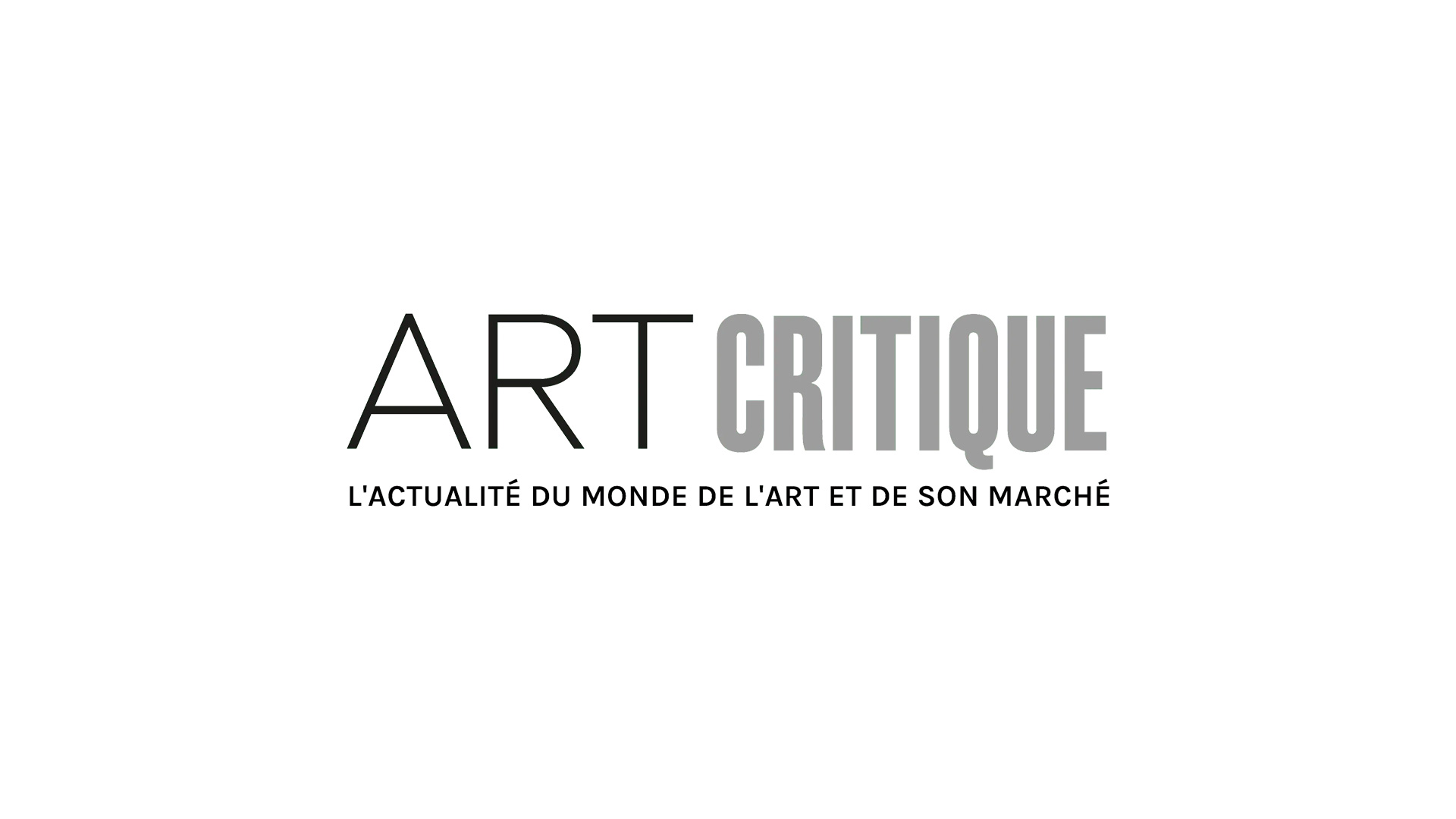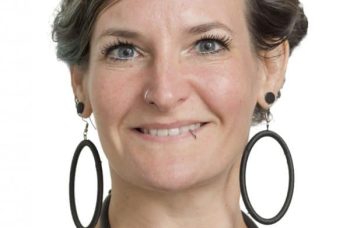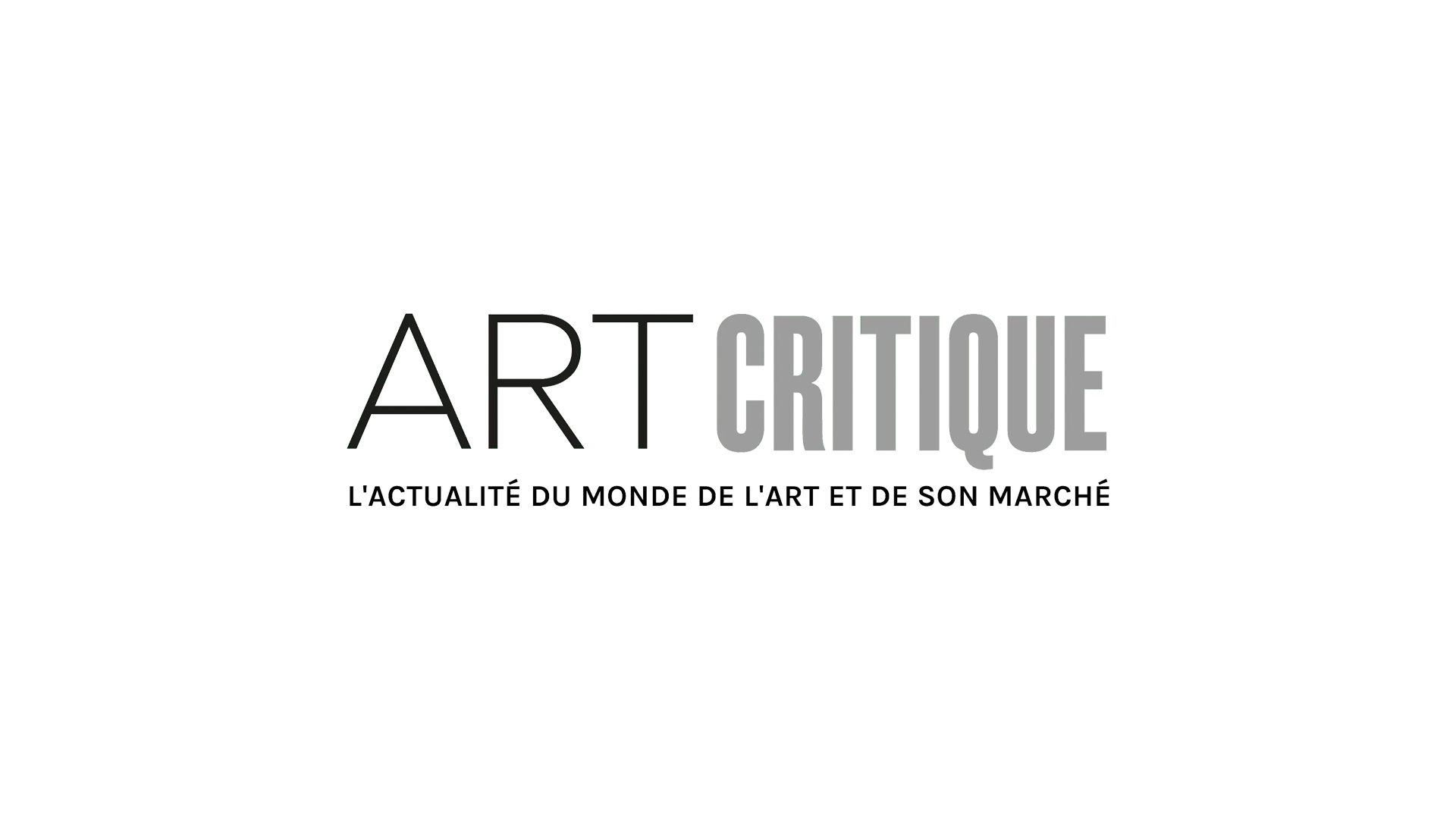In February, a study showed that in the US, a severe lack of diversity persists amongst artists that make up the collections of major museums. However, it seems like international museums are trying to remedy such issues of diversity, particularly when it comes to gender, right? A recent study, though, shows that in Britain, the glass ceiling is very much so still in place for female artists. The Freelands Foundation has released their annual report on female representation in Britain, this year conducted by Dr Kate McMillan. While some trends are evening out, others show the vast gap between male and female artists representation.

McMillan found that in London’s major commercial galleries, 68% of those represented are male and that 88% of sales in the secondary market are of works by male artists as well. These numbers are even more pungent when considered alongside the data collected on those graduating after having studied the arts. The study stated that in 2018, 66% of all applications made for postgraduate studies in the creative arts and design were made by women and 65% of those who graduated postgraduate studies in the same fields were women. Those teaching the arts at university tended to be predominantly male. Nearly inversing the ratio of male to female students, in the highest paid level of university educators (making more than £60,410 annually), 63% were male and in the lowest tier of pay (up to £24,983 annually) only 42% were women. Even in death, male artists were four times more likely than women to be represented by a major gallery according to the study.
Not all the information in the report was negative, though. When it came to museums and non-profits, the trend has edged more in favour of women artists, which the report hopes might ‘in time, affect the results in the commercial and secondary market.’ In 2018, 55% of solo exhibitions in non-commercial London galleries were of women artists and solo exhibitions held in non-commercial galleries outside of London were split evenly between men and women.
However, when a British organization receives a significant amount of funding, women directing such institutions are far outnumbered by men. Of organizations receiving more than £500,000, only 23% of directors are female and of those receiving £1 million or more, only 25% are headed by women.

Other areas that have shown growth are the artists selected to represent Britain in the Venice Biennale. Over the past 20 years, only 36% of the artists asked to participate have been female. In the last 10 years, though, that number has grown to 50% meaning that over the last decade, an even number of female and male artists have participated. Also, thanks to the last three years, female artists have represented 67% of the artists who have won the prestigious Turner Prize.
McMillan warned, though, that these number will only improve if all make a concerted effort to even out representation stating that not only men but women in the art sector need to make a change. ‘There are some extraordinarily powerful women in the art world,’ McMillan told artnet News. ‘But they are not necessarily working hard to reach [gender] parity in the artists they represent.’
‘One of the assumptions people make is that progress is inevitable,’ McMillan continued, and she’s right. Her edition of the report only emphasizes that in order for change to come and stay, we must continuously work on representation, for women, for people of colour, for non-binary artist, and for many more because even once one goal is reached, there are many more to achieve.





